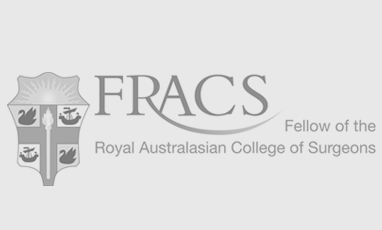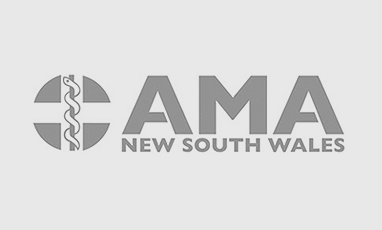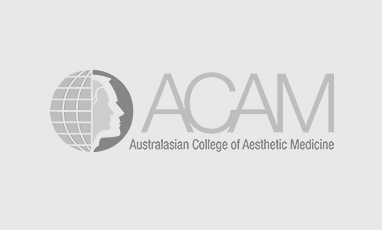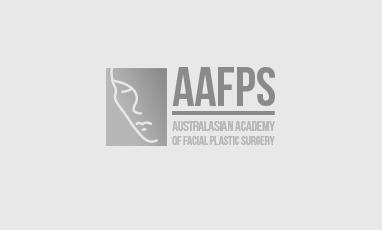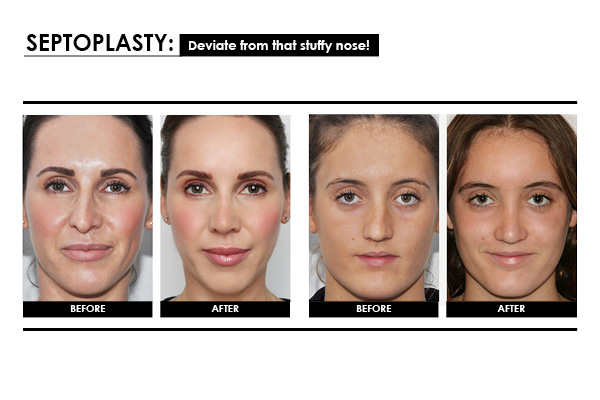
Septoplasty: Deviate from that stuffy nose!
Wednesday, August 31, 2016
Take a deep breath. Did you take a clear, deep breath? Or did it feel or sound obstructed?
Outside of a fluey blocked nose, breathing through the nose should be the default and not through the mouth.
Symptoms of a classic septal deviation include difficulty breathing, recurrent sinus infections, and nosebleeds, sleep problems such as snoring, sleep apnoea and some as significant as a nasal obstruction.
There are many causes of nasal obstructions and often a combination such as septal deviation and allergy. A purely septal deviation is caused by a nasal obstruction fixed on one side that is permanent, this obstruction does not change day or night and is not seasonal. Where there is a day and night variation typically, these cases often have a combination of an obstruction and an allergy. The good news is that both problems can be dealt with at the same time.
The septum is the bony cartilaginous wall that separates the two nasal airways all the way to the back of the throat. We all naturally have a slight deviation but the deviation can be worse if there is a history of trauma.
Septoplasty is a surgical procedure to straighten the midline partition between the two nostrils. Septoplasty is a purely medical procedure but can sometimes straighten the appearance of the front of the nose, slightly.
A septoplasty is not a “nose job”, there is no real cosmetic component and it is a purely internal functional operation. Sometimes if it is severe it can be dislocated out into the nostril and give patients an unbalanced and unattractive appearance. In that rare case, a cosmetic procedure, rhinoplasty may be recommended.
This is not an operation for children and Dr Mooney does not perform a septoplasty procedure until the patient is at least the age of 16 or 17, this is because the growth plates are still moving and changing.
There are other things we can do for kids to help their airways and stuffy noses, often it is as simple as a spray but sometimes the turbinates are cauterised (burnt off). Turbinates are lumps of tissue inside each nostril; they control the air flow through the nose and are responsible for catching small particles of dust. Allergies and other nasal problems cause the turbinates to swell and block the airflow, in such instances the turbinates are cauterised.
This procedure is also often married to septoplasty to improve the outcome.
Patients who undergo septoplasty require at least one full week of downtime. The Doyle (silicone) splits remain inside the nostrils seven days following the surgery. Once these are removed, patients can gradually return to their pre surgery lifestyle.
Of all the operations Dr William Mooney performs, septoplasty is the simplest and safest with the best results. These are Dr William Mooney’s happiest patients! Patients don’t realise how badly the constant nasal obstruction has impinged upon their quality of life and repairing that obstruction gives them such a radical change that they are delighted.
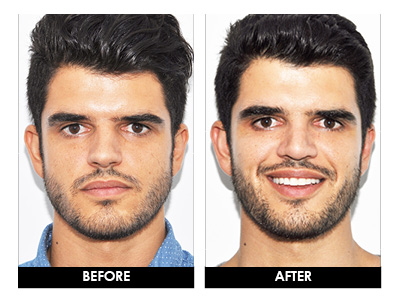
To book a consultation call (02) 8897 00797
